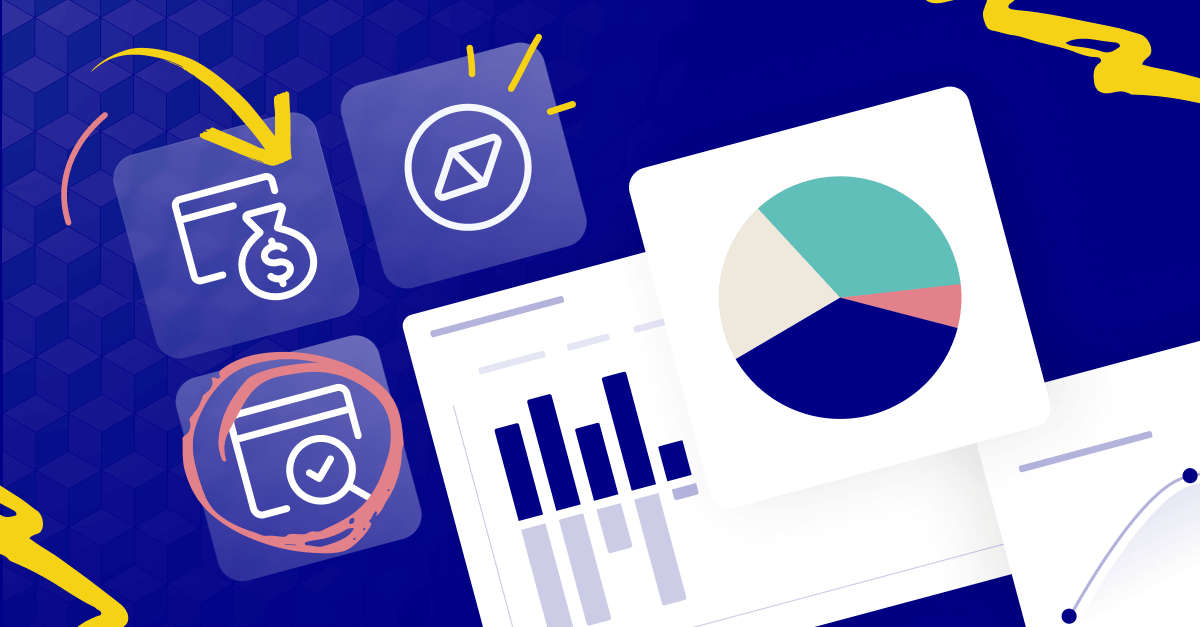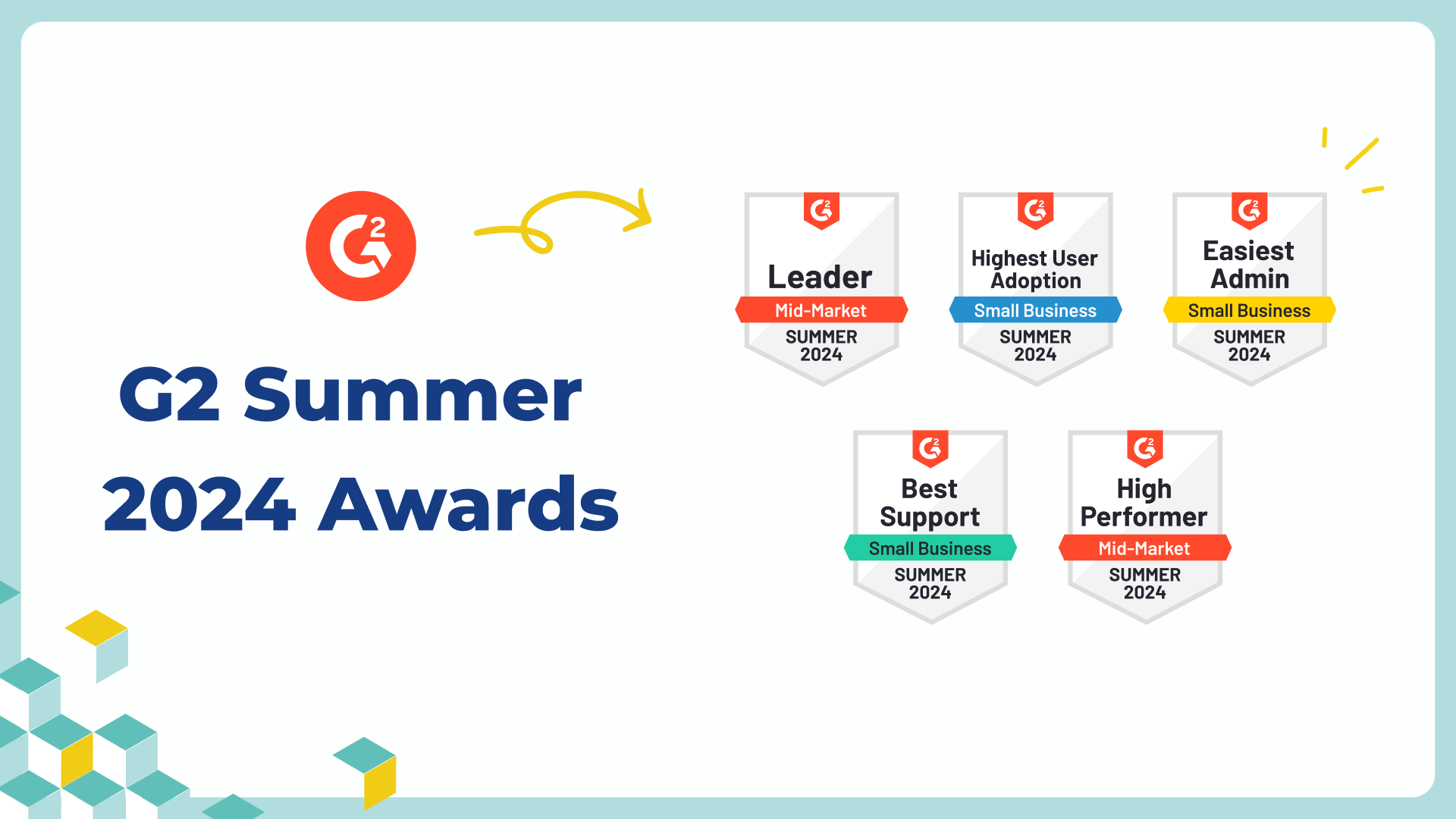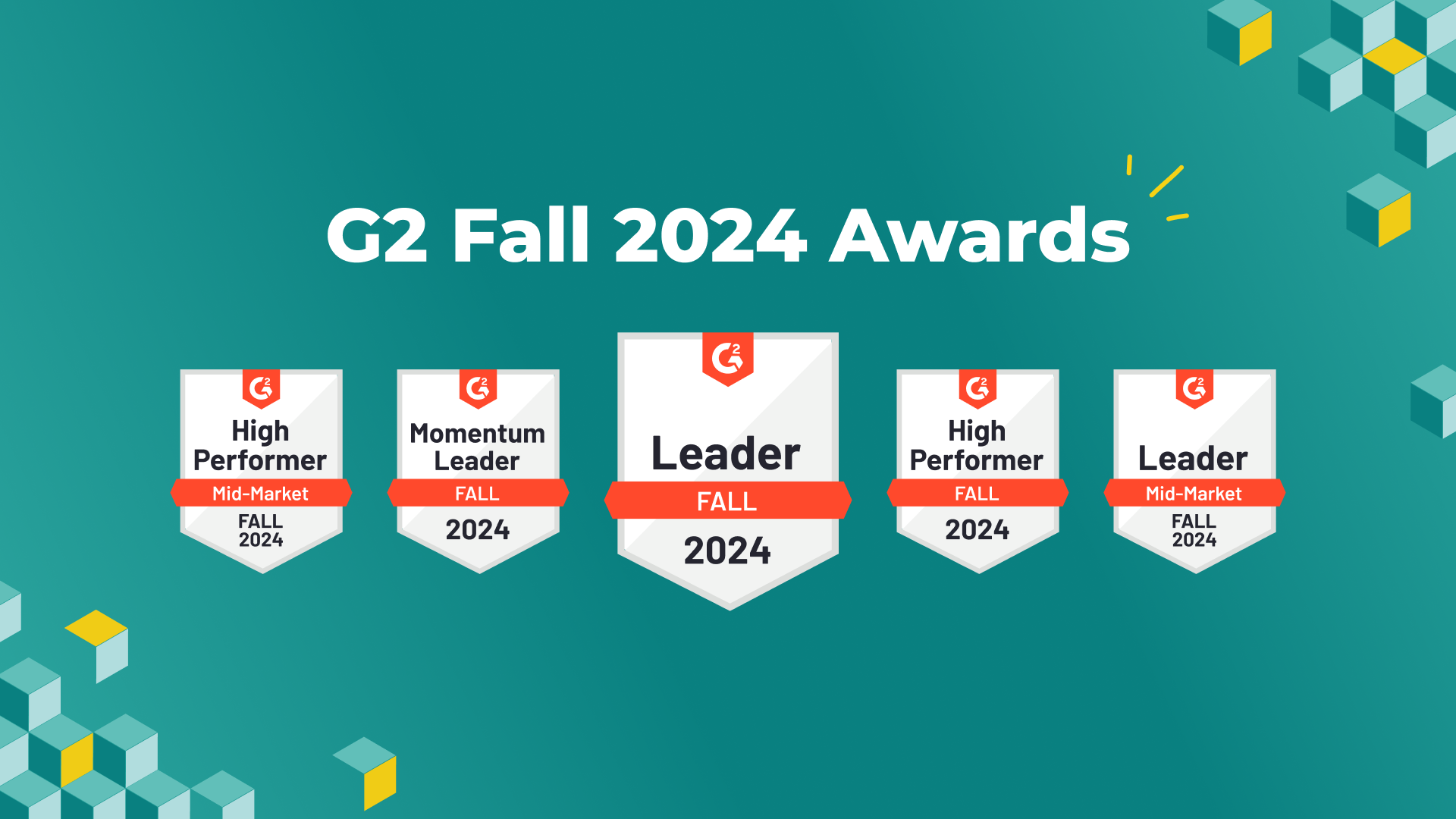Communication and calendars
Upfront communication is key to accelerating budget cycles. Start by identifying everyone within and outside your department who manages, contributes to, reviews, and validates the budget.
Spend the extra time to kick off new budget cycles by presenting all key stakeholders with expectations, including goals and timing. A few areas we recommend communicating at a minimum:
- Strategic objectives (e.g. “Our top goal next year is to initiate global expansion”)
- Financial objectives (e.g. “Grow revenue 30% while keeping EBITDA flat”)
- Timing (e.g. “1 week per iteration of the plan, with final sign-off 3 weeks from today”)
Calendars are key—consider creating a shared calendar and communicate key dates, owners, and next steps. Be sure to bake in sufficient time for multiple iterations, and schedule decision dates with key stakeholders such as department leads and the CEO for sign-off.
Additionally, progress updates throughout the budget cycle add transparency and accountability for all budget owners, making the process more collaborative and successful overall.
Try a rolling forecast approach
One way to cut down on annual planning is to make forecasting part of a continuous planning process, built into the everyday cadence of the organization.
By leveraging rolling or continuous forecasts, the annual budget process is a slight variation on the plan already in place.
It can also result in more agile operations and fewer surprises at the end of the fiscal year.
Best practices in rolling forecasts include building a base-case plan that evolves continuously over time.
Many companies use Excel or other spreadsheets to build their base case models, which can be highly manual to update. Version control is also challenging. That said, Excel is the tool they know and it's where they work best.
So to get the best of both worlds, use FP&A solutions (like Cube!) to elevate existing processes and add more automation and control to everyday planning.

Collaborate early
One way to alleviate budgeting woes is by making it a collaborative process upfront. Look for buy-in at all levels of the organization by involving them early.
This process allows for shared responsibility, resulting in more individual ownership and higher satisfaction with the end budget.
When budgeting is seen as collaborative, the preparation period is more grounded in setting realistic targets for both revenue and expenses.
The process generally starts with top management reviewing historical performance data and setting initial goals.
Next, department-level managers create action plans while providing feedback on the feasibility of these targets.
Next, both groups meet to discuss company aspirations versus the realities of implementation until they agree on the best budgetary path forward.
The budget gets approved from both the top-down and the bottom-up with the intention of more cohesion and understanding than with traditional approaches.
Active budgeting
The annual budget should be a useful guide for performance throughout the year.
By adapting your process in ways that allow you to better align with your company-wide vision, meet your organization’s needs, and save on time and resources that are already scarce.
High-performing businesses use collaboration and planning software like Cube to optimize their budgeting approach and analyze revenue and expenses to accomplish their goals.



.png)









.png)





.png)
